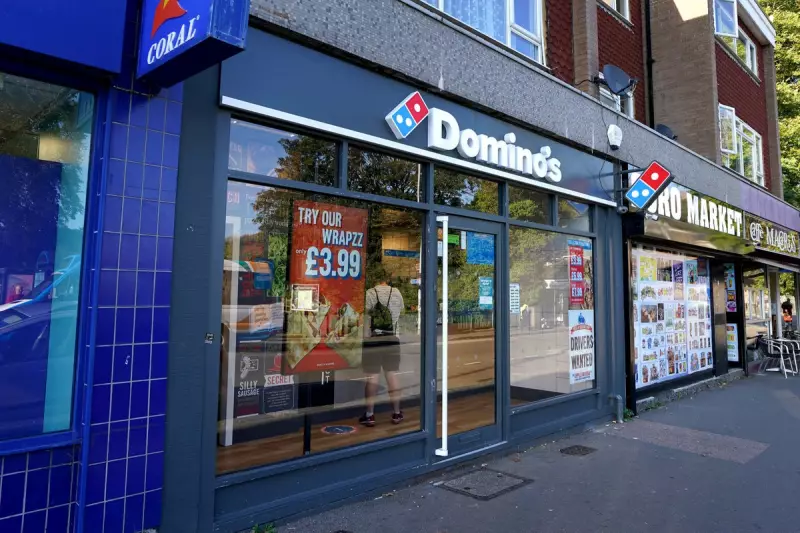
Domino's Pizza Group has served up a sobering trading update revealing a dramatic slump in UK orders, as British consumers tighten their belts amid the ongoing cost-of-living crisis.
The pizza delivery giant reported a worrying 8.2% drop in like-for-like sales across its corporate and franchise stores during the first quarter, with total system sales falling 5.6% to £328 million. This marks a significant reversal for the company that thrived during pandemic lockdowns when home delivery became the norm.
International Growth Fails to Offset UK Struggles
While the UK business struggled, Domino's international operations provided a silver lining. Sales in Ireland, Switzerland, Norway and Iceland actually grew by 4.5%, demonstrating that the company's challenges appear particularly concentrated in the British market.
The sharp decline comes despite Domino's maintaining its full-year profit guidance, suggesting the company expects to weather the current storm through cost management and operational efficiencies.
Cost-Conscious Consumers Rethink Spending
Industry analysts point to several factors behind the slump:
- Rising household bills forcing families to cut discretionary spending
- Increased competition from supermarket frozen pizza alternatives
- The return of dining out as COVID restrictions lifted
- General consumer belt-tightening across the retail sector
The numbers paint a clear picture of changing consumer behaviour, with many Brits apparently deciding that £20 for a pizza delivery has become an unaffordable luxury when facing soaring energy and food bills.
What's Next for the Pizza Giant?
Domino's leadership remains cautiously optimistic, pointing to their maintained profit guidance as evidence of the business's underlying resilience. However, the stark contrast between UK performance and international growth suggests the company may need to rethink its strategy for the British market.
As one retail analyst noted, "When even pizza becomes a luxury item, you know households are feeling the pinch." The coming months will reveal whether this is a temporary dip or the beginning of a longer-term trend in consumer spending habits.





